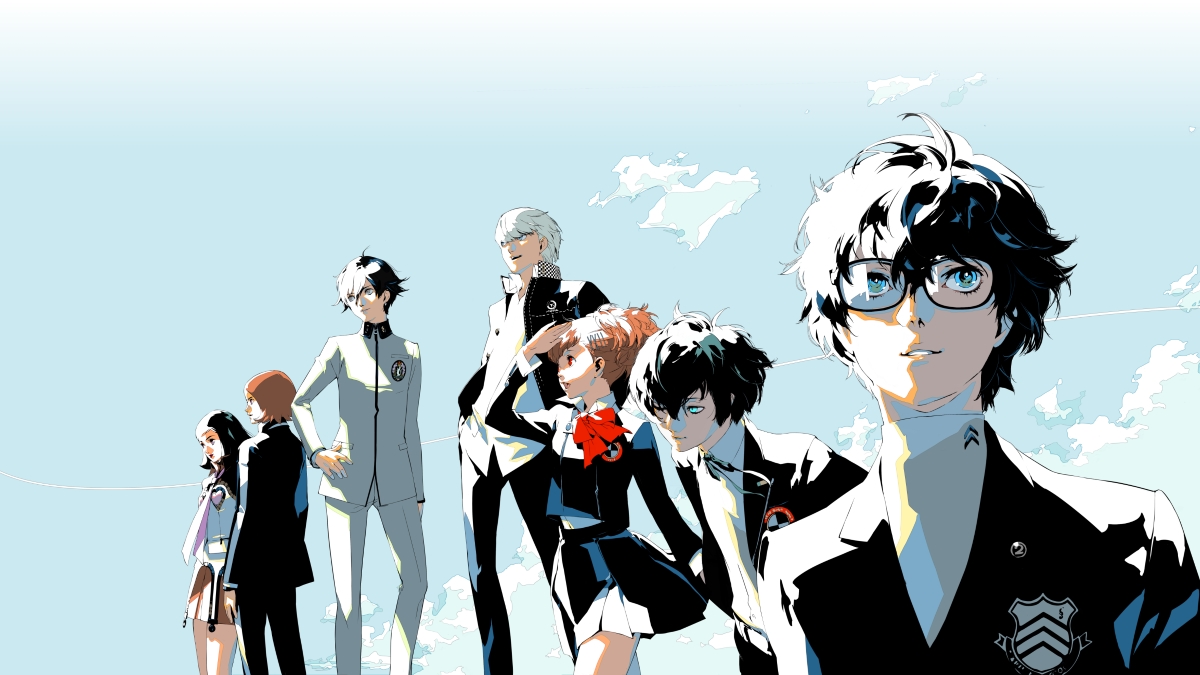The Persona franchise spans more than a dozen games, with the number growing almost every year. It may be difficult to keep track of them, much less figure out which game goes where. Luckily, I’m here to help!
Launching in 1996, Persona has become a staple of the RPG genre. They’ve also dipped their toes into other realms (dancing, anyone?). For a spin-off series of Shin Megami Tensei, the franchise has done quite well with establishing itself as its own. With that said, the boom in popularity due to the worldwide success of Persona 5 has brought many gamers, including myself, into the fandom.
While researching what was canon in Persona, I noticed that the timeline was never officially stated or done. So, with that in mind, I ventured into the depths and created a simple but organized timeline. It goes by the year the game takes place, not when it released (though some do line up).

The Complete Persona Timeline
- Revelations: Persona (1996)
- Persona 2: Innocent Sin & Persona 2: Eternal Punishment (both in 1999)
- Persona 3 FES (2009)
- Persona 3: Dancing in Starlight (in a dream)
- Persona 4 Golden (2011)
- Persona 4: Dancing All Night (2012)
- Persona 4 Arena Ultimax (2012)
- Persona 5/Royal (late 2010s)
- Persona 5 Tactica
- Persona 5: Dancing in Moonlight (in a dream)
- Persona 5 Strikers (after P5 in the summer) (late 2010s’)
Outside the timeline: Persona 3 Portable (FeMC), Persona Q: Shadow of the Labyrinth, and Persona Q2: New Cinema Labyrinth
Layer Cake
Some of you may be wondering why FES, Golden, and Royal are on the list instead of their original counterparts. I explained this a bit in the canon article but TL;DR: the new endings of those re-releases are what are considered to be the definite ones. FES and Golden are certified since Persona 4 Arena Ultimax mentions the choices made in those endings. Weirdly, while Strikers does take place after Persona 5, there are no mentions of Royal‘s ending. On the subject of Persona 5, no actual year was given, but since it comes after 2012, it’s safe to assume it’s in the latter half of the 2010s.
With the spin-offs, the majority of them take place during their respective games. For example, the latest title, Persona 5 Tactica, happens around February to March. You’ll notice that outside of Persona 4: Dancing All Night, the other dancing games happen in a dream via the Velvet Room. Persona 4‘s characters, mainly idol Rise, lend themselves well to dancing than, say, a bunch of thieves.
Persona Q: Shadow of the Labyrinth, Persona Q2: New Cinema Labyrinth, and Persona 3 Portable (FeMC) are all outside of the canon. The Q games involve different worlds and pull from timelines, hence why every character can be with each other. With Portable, the female protagonist Kotone does have the same ending as her male counterpart. However, as FES is the “canon” choice and involves Makoto, it doesn’t count.
Persona 3 FES may be unseated in the series timeline once Persona 3 Reload comes out on February 2, 2024. Said to adapt the base game’s story, it’s safe to assume this will be Atlus’ definitive version of the 2006 cult classic if our first impressions are anything to go by.


